
Flooring
9 Best Scratch-Resistant Wood Floors for Dog Owners
12.12.2025

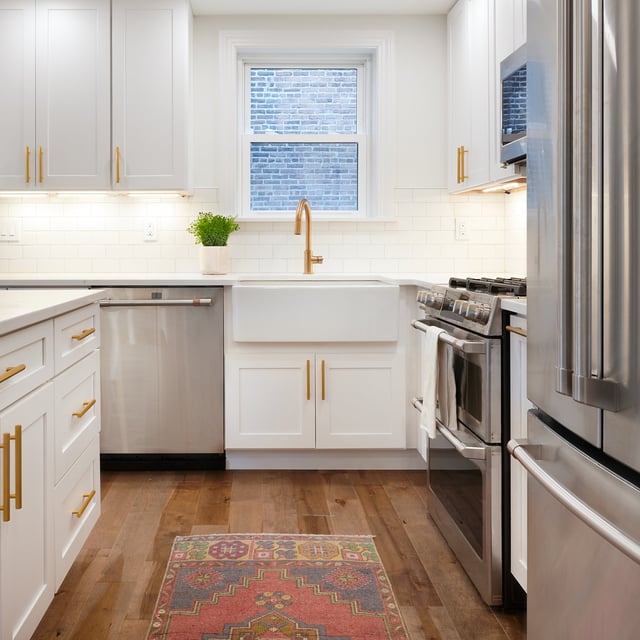
In This Article
Hardwood floors are timeless, but they don’t have to feel traditional. With the right stain, finish, and layout, they can bring a distinctly modern feel to your space. Whether you’re renovating or just looking to update your floors, small design choices make a big impact. Here’s how to give a classic material a clean, contemporary edge.
When it comes to modern hardwood floors, there’s no one-size-fits-all shade. Light and dark stains are both on trend—and each brings its own character to a space.
Lighter stains, like pale oak or whitewashed finishes, lean into a Scandinavian-inspired look: bright, airy, and minimal. They reflect more light, which can make smaller rooms feel more open, and they pair well with natural textures and simple, clean-lined furniture. If you’re going for a fresh, modern feel that still holds up over time, light stains are a smart, versatile choice.
Dark-stained hardwood floors are just as popular—and just as modern. Rich tones like espresso, walnut, or near-black add instant depth and sophistication. They create bold contrast against light walls and furniture, grounding a space and giving it a more polished, contemporary feel. Dark stains work especially well in open layouts or rooms with plenty of natural light, where their richness can really stand out. If you’re looking to make a statement, going dark is a confident design choice that adds weight and elegance to your home.
Reddish undertones in hardwood floors—once popular in cherry, mahogany, and certain oak stains—tend to feel dated in modern interiors. These warmer tones can clash with today’s cooler, more neutral palettes and often limit flexibility when it comes to furniture and wall colors.
Instead, today’s modern hardwood floor colors lean toward cooler neutrals like taupe, gray, and natural brown. These shades act as a versatile backdrop, allowing you to change your décor over time without worrying about clashing tones. They also pair beautifully with modern finishes like matte metals, stone, and minimalist cabinetry.
If you’re refinishing existing floors, consider sanding down and re-staining to remove red undertones—it’s a cost-effective way to modernize your home without replacing the flooring entirely.
High-gloss finishes once symbolized luxury, but in modern design, they can feel overly formal. Glossy floors highlight every scratch, dust particle, and footprint, which can be frustrating in high-traffic homes. Matte and satin finishes, on the other hand, create a softer, more natural look that feels grounded and contemporary. They allow the wood grain to shine without overwhelming the space, making them a favorite for modern gray hardwood floors in particular.
Beyond aesthetics, matte finishes are also more forgiving. They hide imperfections better, making them ideal for families, pet owners, or anyone who wants a floor that looks beautiful without constant upkeep. A matte finish also complements the understated elegance of modern interiors, where subtlety often speaks louder than shine. Choosing matte is both a design-forward and practical decision, ensuring your floors look fresh and modern for years to come.
Modern design isn’t just about color—it’s also about how materials are laid out. Patterns like herringbone, chevron, and parquet add visual interest and can transform hardwood floors into a true design feature. Wide planks, another popular choice, create a sense of openness and make rooms feel larger. For those drawn to mid century modern hardwood floors, parquet or narrow planks echo the architectural style of the era while still feeling fresh today.
When choosing a pattern, think about how it interacts with the rest of your space. A herringbone floor, for example, can add movement and texture to a minimalist room, while wide planks can balance out a space with bold furniture or artwork. Patterns also allow homeowners to personalize their floors, making them feel less like a backdrop and more like a statement piece.
Transparent Pricing You Can Trust

Painted hardwood floors are a bold but increasingly popular choice for homeowners who want to make a statement. From crisp white to deep navy, painted floors can instantly transform a room and set the tone for the entire design. They’re especially effective in smaller spaces, where a painted floor can act as a focal point and bring personality into the home. While not as traditional as stained wood, painted floors align with modern design’s emphasis on individuality and creativity.
If you’re considering this option, durability is key. Use a paint designed specifically for floors to ensure it withstands daily wear and tear. Painted floors can also be a cost-effective way to refresh older hardwood without the expense of full replacement.
Modern design thrives on clean lines and intentional choices, which means your floors should look pristine. Distressed or weathered finishes may work in rustic or farmhouse styles, but they don’t align with the sleek, polished look of modern interiors. Scratches, dents, and uneven finishes can distract from the overall design and make a space feel less cohesive. For modern hardwood floors, smooth, well-maintained boards are essential.
If your floors are showing signs of wear, refinishing can make a dramatic difference. Sanding and re-staining can restore their original beauty and give you the opportunity to update the color to something more modern. Regular maintenance, like cleaning with the right products and protecting high-traffic areas with rugs, will also help preserve their condition. Investing in upkeep not only improves the appearance of your home but also ensures your floors remain a strong design element for years to come.
Design a Home That’s Uniquely Yours
Block can help you achieve your renovation goals and bring your dream remodel to life with price assurance and expert support.
Get Started
Choosing the right modern hardwood flooring is just one step in creating a home that feels like yours. Block Renovation helps homeowners bring their vision to life with expert guidance, vetted contractors, and tools that make the renovation process clear and manageable. Whether you’re drawn to modern gray hardwood floors, bold patterns, or a classic mid-century look, we’ll help you design a space that feels both personal and modern.
With Block, you don’t just get a contractor—you get a trusted partner who understands the meaning of home. From planning to execution, we’re here to make sure your renovation feels exciting, achievable, and uniquely yours. Together, we’ll create a space that reflects your style and supports the life you want to live.
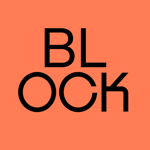
Written by Block Renovation
Can I use wood flooring in bathrooms?
Yes, but with caution. Hardwood can be used in bathrooms if it’s properly sealed and maintained, but it’s more vulnerable to moisture than tile or stone. If you love the look of modern hardwood floors in a bathroom, consider engineered hardwood, which is more stable in humid environments. Always use bath mats, wipe up water quickly, and ensure good ventilation to protect your floors. With the right care, wood can bring warmth and modern style even to a bathroom. Read more about this topic here: What You Need to Know Before Installing Wood Flooring in a Bathroom.
How much does new wooden flooring cost?
What kind of wood floors work well in kitchens?
Kitchens are high-traffic areas, so durability is key. Hardwoods like oak, maple, and hickory are popular choices because they resist dents and scratches better than softer woods. Many homeowners also choose modern gray hardwood floors or matte finishes in kitchens, since they hide wear and tear more effectively. Engineered hardwood is another smart option, as it’s more resistant to moisture and temperature changes than solid wood. With the right finish and care, hardwood floors can bring warmth and modern style to the heart of your home. If you’re interested in kitchen floors, specifically, read How Much Does It Cost to Replace a Kitchen Floor in 2025?
What’s the difference between solid hardwood and engineered hardwood?
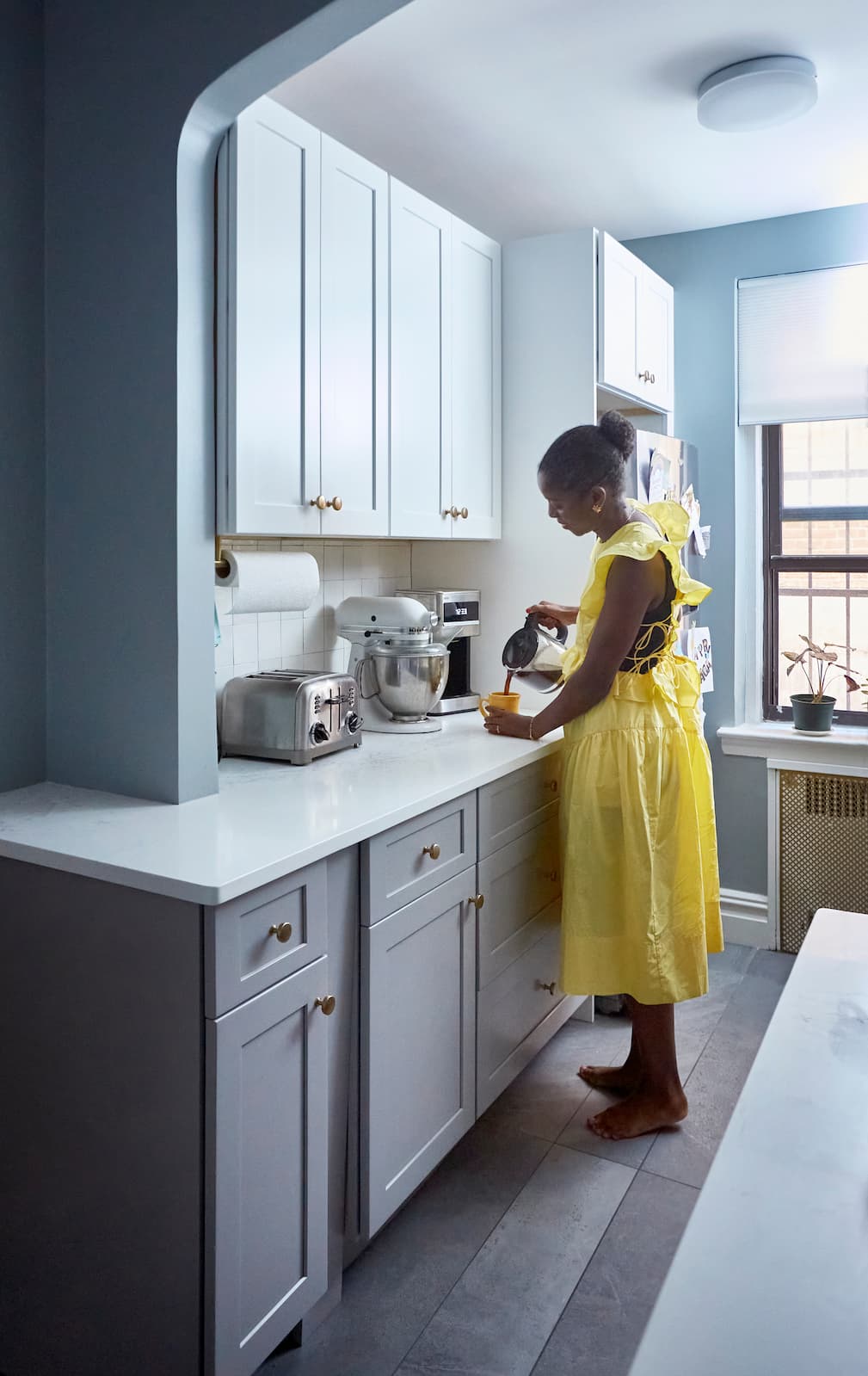
Renovate confidently with Block
Easily compare quotes from top quality contractors, and get peace of mind with warranty & price protections.
Thousands of homeowners have renovated with Block

4.5 Stars (100+)

4.7 Stars (100+)

4.5 Stars (75+)

Flooring
9 Best Scratch-Resistant Wood Floors for Dog Owners
12.12.2025

Flooring
Bamboo vs. Eucalyptus Flooring - Pros and Cons of Both
12.12.2025
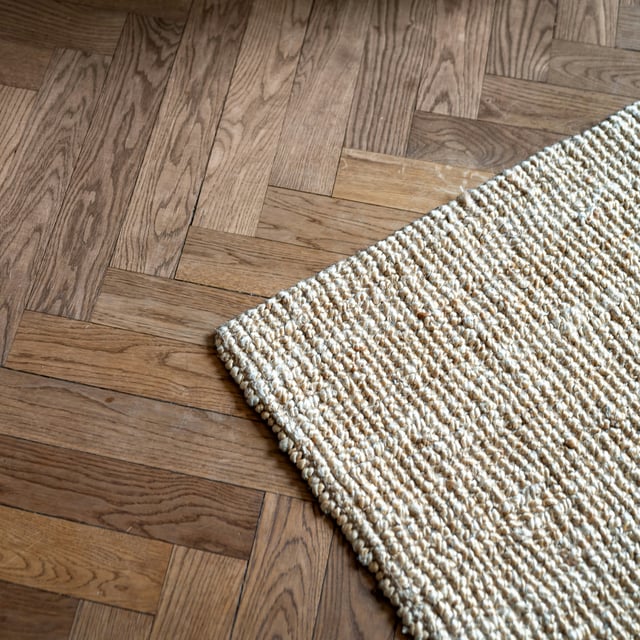
Flooring
Carpet Installation Costs & Other FAQs
09.30.2025
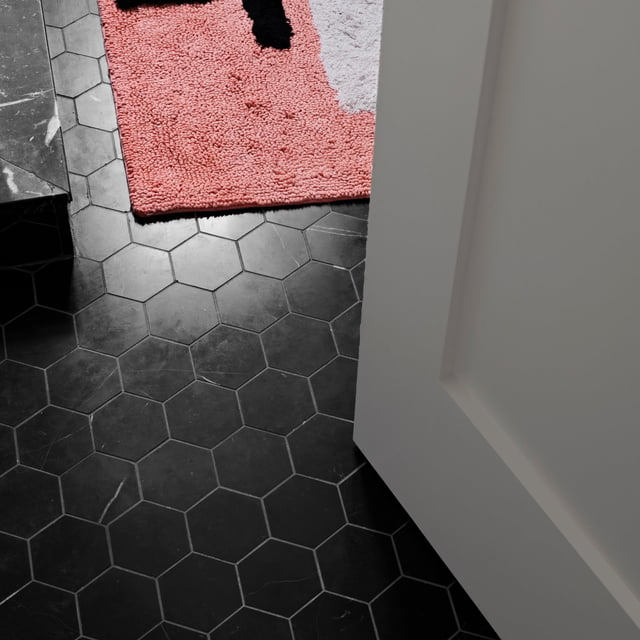
Bathroom
Black Bathroom Floor Tiles: Design Ideas & Expert Tips
09.23.2025

Flooring
Modern Hardwood Floors - Color Options & Design Tips
09.17.2025
Renovate confidently